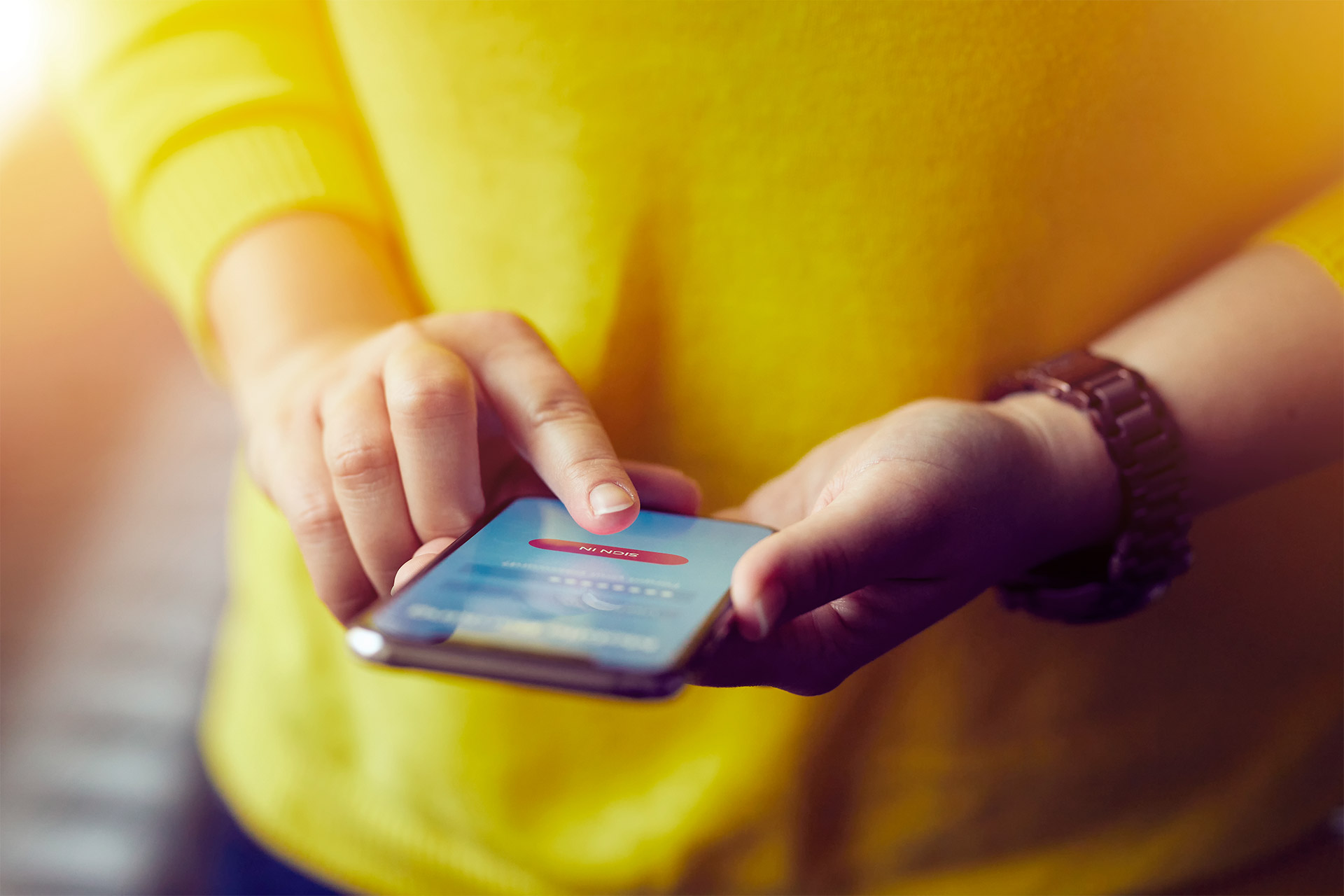How to become a digital banking user, step by step


Knowing how to use digital banking means having every service a traditional bank branch offers in just one click. Whether on a smartphone or a computer, digital banking lets us carry out almost any transaction. How does it work and what can we do to become digital customers?

How does digital banking work?
Digital banking combines traditional banking with the Internet. It encompasses all the services banks can do remotely via electronic devices like smartphones and laptops.
What can I do with digital banking?
Thanks to innovative technology, digital banking users can remotely carry out the same transactions they once had to do in-person at branches. This means that, from a computer, mobile or tablet, we can check our account balance, credit card charges, investment funds, pension plans... you name it! All we have to do is know how. Here are a few short examples.
- Pilar lives in Brazil but wants to send money to her sister who’s been living in Argentina for the last three years. Being the digital banking user she is, Pilar enters the private customer area on her bank's website with codes she created before. She then selects “Make a transfer” and enters her sister’s IBAN and full name, plus a transfer amount and description. After providing all these required details, Pilar clicks “Accept” so her bank will send her an SMS with four digits she must enter on the website to authorize the transfer. Her sister will receive the money in a few days. With digital banking, Pilar can check the transfer’s status at any time. Still, this process may be different from country to country or bank to bank.
- Manuel lives in Madrid and wants to pay taxes on his bank’s mobile app. He opens it and clicks on “Bills and taxes”. He selects that he’s going to pay and enters the tax details by hand, which he could also scan with the camera on his smartphone. Once he completes the instructions on the app, his payment will go through in just a few minutes. It’s a simple process, which he can check on at any time on his phone.

How can I become a digital banking user?
What do you need to become digital customers like Manuel and Pilar? To access useful retail and business banking services, you need an electronic device with an Internet connection, as well as access codes, a username and a password you request from the bank.
How do we go about it? There are two ways: through the bank’s website or on a mobile app you can download on Android or iOS.
Website
Follow these steps: Go to the bank’s official website (make sure the address starts with HTTPS to protect your data) and type in your personal access code. How do you create the code? Most banks’ websites have a form to fill in with such information as your ID and phone number. You’ll then get a username and password to access your account whenever you want.
What happens if you forget your password? Don’t worry. The site will ask if you want to recover it by entering some of the personal details you previously provided.
Never share one-time codes or your passwords with anyone.

Mobile app
As an alternative to the website, you can use our bank’s mobile app. Simply download it from an official store (App Store for iOS devices and Google Play for Android). Make sure it’s the official version by checking that the bank is listed as the app developer. If in doubt, contact the bank's customer services. To register, all you need are your personal identification details.
Digital banking security
Technological innovation in digital banking affords high-grade online security. To learn more, check out this article by Finanzas para Mortales (Finance for mortals).







